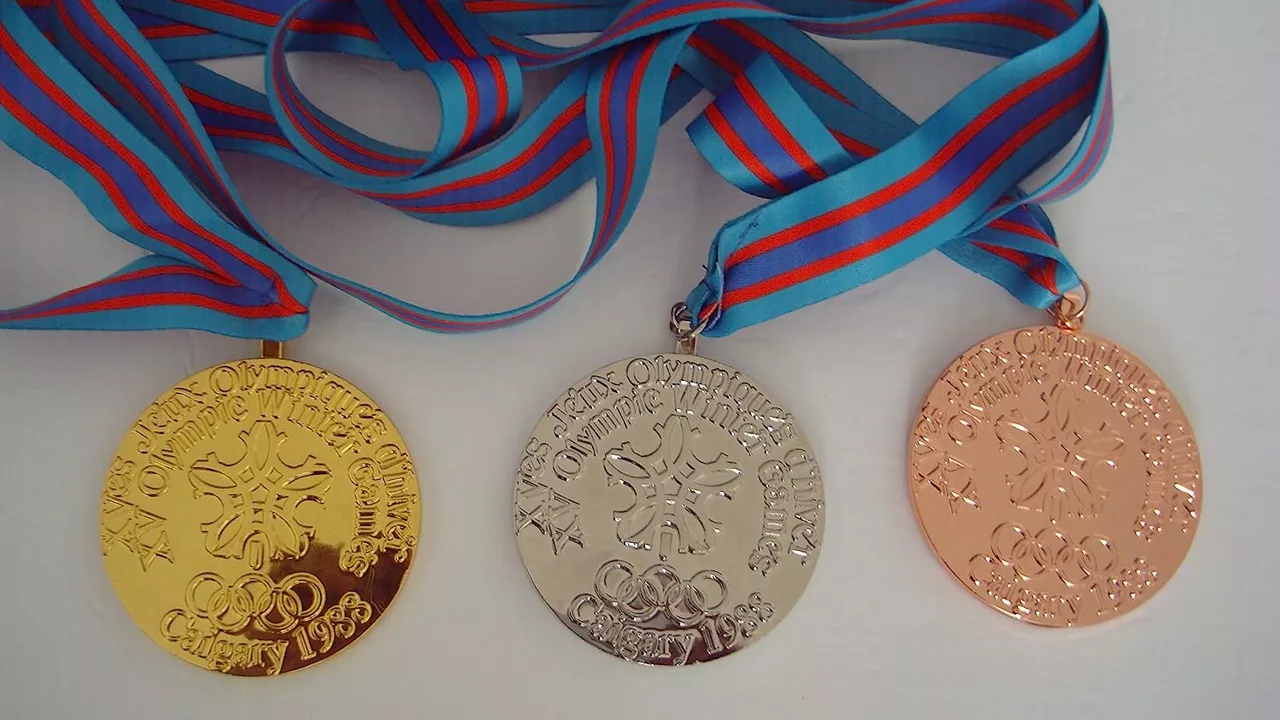Medal Distribution in Judo Competitions
When looking at medal distribution, the process that decides who gets gold, silver and bronze after a tournament, it helps to know the surrounding structures. In a typical judo competition, organizers follow a single‑elimination bracket with a repechage for the bronze medals. Each weight class, from extra‑light to heavyweight, runs its own bracket so athletes face opponents of similar size. The scoring system, which awards ippon, waza‑ari and yuko, directly shapes who advances and ultimately who stands on the podium.
Key Factors that Shape Medal Distribution
The first factor is the tournament layout. A clean single‑elimination tree guarantees that the two athletes who win all their matches meet in the final for gold and silver. Meanwhile, the repechage gives everyone who lost to a finalist a second chance, creating two bronze‑medal matches. This structure means medal distribution isn’t just a simple win‑lose tally; it reflects a safety net that rewards resilience. Second, weight classes keep the competition fair. A lightweight judoka isn’t judged against a heavyweight, so each class produces its own set of medals, multiplying the total awards across an event. Third, the scoring rules matter. An ippon ends a bout instantly, sending the winner straight to the next round; multiple waza‑ari can also tip the balance, so athletes often adjust tactics to secure higher‑value scores early. Finally, national federations and clubs track medal counts to allocate funding, training resources, and selection for international teams, making accurate distribution data critical for long‑term planning.
Understanding how these pieces fit together helps athletes, coaches, and fans read tournament results with confidence. For instance, when you see a club’s name next to a bronze, you now know it likely came through the repechage bracket after an early loss to a finalist. When a weight‑class champion lifts the gold, you realize they navigated a full bracket without hitting the repechage, earning every point on the way. This ecosystem of brackets, weight classes, and scoring creates a transparent path from the first match to the medal ceremony, ensuring each award truly reflects performance.
Below you’ll find a curated collection of posts that dive deeper into each aspect of medal distribution. From the rules governing repechage to tips on maximizing your chances in a specific weight class, the articles cover the practical side of earning a spot on the podium. Keep reading to see how other judokas handle the pressure of the final match, how clubs celebrate their medal haul, and what the scoring nuances mean for your own competition strategy.
Why two bronze medals are given in some sports in Olympics?
In the Olympics, it's intriguing to note that some sports award two bronze medals instead of one. This practice is common in sports like boxing, judo, taekwondo and wrestling. The reason behind this is that these sports follow a double elimination format, where competitors are allowed to continue even after one loss. So, two competitors end up in the third place, each earning a bronze medal. This ensures fairness and gives athletes an extra opportunity to prove their mettle.
